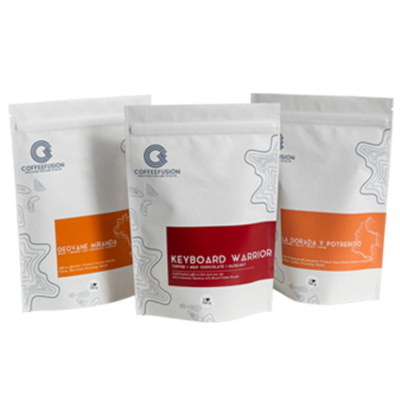In recent years, the specialty coffee scene has seen a number of new alternate brew methods swing in to popularity, or swing back in to popularity. It is quite normal to see in cafes a number of alternate brew options available, from filter methods like the Chemex, to immersion cold brewing and everywhere in between.
Unfortunately though, some very simple but effective brew methods have been overlooked in the process, now laying dormant in salvos shops or at the back of your grandma's pantry, along with some preground supermarket coffee from 2011. With a little bit of effort though, you can get a decent cup of coffee out of these brewers, when we apply a better understanding of coffee and brewing to the classic home brewers.
Coffee Plunger Tutorial
1. Find the Plunger.
This may be the hardest part of brewing with a Plunger. It has probably been long forgotten, or is potentially now being used as some sort of hipster pot plant for succulent cultivation. I get it - your last plunger coffee probably tasted like dirt anyway.
2. Freshly Ground, Freshly Roasted coffee!
3. Bloom
Gone are the days of slamming a kettle full of boiling hot water in to the plunger. We aren't pirates. We practise three hours a day to make better coffee, and we're going to apply our knowledge of other filter brews to the plunger. Take water at approx 94°C - and add enough water to saturate the grounds. I used scales when brewing, had a 24g recipe - and added 50g of water. Give this mixture a stir to make sure the coffee is evenly saturated, and allow to [orlando] bloom for thirty seconds. Just in case you didn't get the pirates reference.
4. Steep

After the bloom, it's time to add the remaining water (again for my 24g recipe, after 50g of water has been used for the bloom, the additional 350g of water is added to bring the total to 400g). Give the coffee brew one last stir, add the plunger lid to the top, and sit the filter just on the top of the brew. Allow the coffee to steep for three minutes - for a total brew time of three minutes and thirty seconds.
5. Plunge and enjoy






2 comments
You shouldn’t use a plunger vessel for plants as it does not provide any drainage. You can’t put holes in it because it is glass.
An upturned fedora does the trick
Thanks for the refresher!